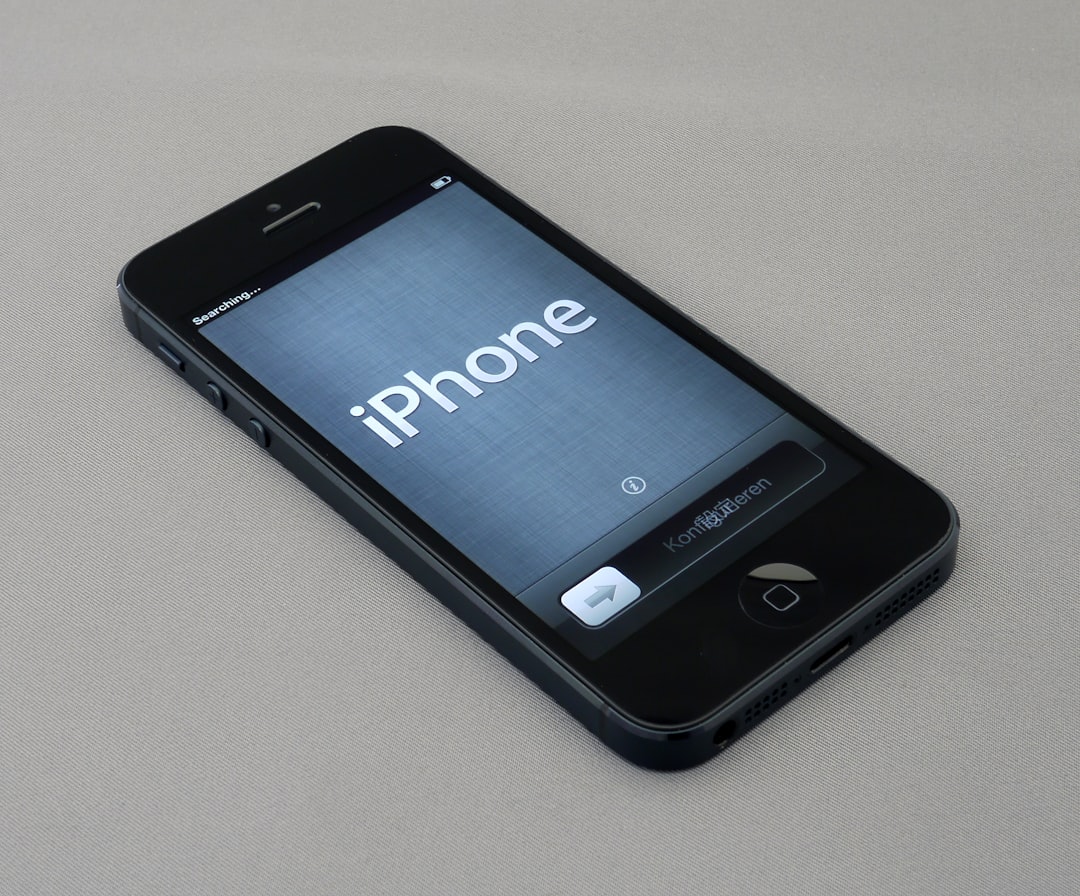Trying out the latest iOS beta can be exciting — new features, refreshed design, performance enhancements. But, like with any software still in development, it may come with bugs, glitches, and instability. If you’ve installed the iOS 26 Beta and realized it’s not quite the experience you were hoping for, you’re probably looking for a way to downgrade to iOS 18. Luckily, it’s possible — though not without a bit of effort.
In this guide, we’ll walk you through how to safely revert your iPhone from iOS 26 Beta back to the stable version of iOS 18.
Important Considerations Before You Downgrade
- Backup Your Data: If you didn’t back up your device before upgrading to the beta, you might not be able to restore your personal data after the downgrade.
- Data Loss Warning: Downgrading requires erasing your device, which will remove everything currently on it.
- Signed iOS Versions Only: Apple only allows you to install versions of iOS that are currently being signed. As of now, iOS 18 is still signed and available for installation.
Once you’ve weighed the risks and prepared accordingly, you can move forward with the downgrade process.
Step-by-Step Guide to Downgrade From iOS 26 Beta to iOS 18
1. Download the iOS 18 IPSW File
First, you need the iOS 18 firmware file that’s compatible with your device model. You can find this on reputable websites like ipsw.me.
Select your device, choose the iOS 18 version (must be signed), and download the .ipsw file to your computer.

2. Completely Back Up Your Data
If you haven’t already, use iTunes or Finder (on macOS Catalina or later) to make a full backup of your device. This is crucial if you want to restore data afterward.
- Connect your iPhone to your computer via USB.
- Launch iTunes (or Finder).
- Select your device icon.
- Click Back Up Now.
3. Put Your iPhone in Recovery Mode
To begin the restore process, you’ll need to put your device into Recovery Mode. This varies slightly depending on your iPhone model:
- iPhone 8 or newer: Quickly press and release the Volume Up button, then the Volume Down button, then press and hold the Side button until you see the recovery screen.
- iPhone 7/7 Plus: Press and hold the Volume Down and Sleep/Wake buttons simultaneously until you see the recovery screen.
- iPhone 6s or older: Press and hold the Home and Sleep/Wake buttons together until the recovery screen appears.

4. Restore iOS 18 Using Finder or iTunes
With your iPhone now in Recovery Mode:
- You’ll see a prompt on your computer offering to Restore or Update your device.
- Hold down the Option key (Mac) or Shift key (Windows) while clicking “Restore.”
- Select the iOS 18 IPSW file you previously downloaded.
- Wait for your computer to erase and install iOS 18 on your device.
The process can take some time — especially if you’re using an older device. Avoid disconnecting your iPhone until the process is completely finished.
5. Restore Your Backup (If Applicable)
Once the installation is complete, you will see the classic “Hello” screen. At this point, you can choose to set up your device as new or restore from backup if you created one while on iOS 18.
Restoring a backup made on iOS 26 Beta will not work on iOS 18, as backups are not backward compatible. Only use backups made on iOS 18 or earlier versions.
Final Tips and Troubleshooting
- Battery Drain or Bugs After Downgrade? It’s still possible to experience issues if restoring from an older backup. Consider doing a clean install and setting the device up as new.
- Stuck in Recovery Mode? You may need to use tools like ReiBoot or iMyFone Fixppo to exit Recovery Mode safely.
- Wait Before Installing Future Betas: Next time, consider using a secondary device or installing the beta on a partitioned system to avoid future headaches.
Conclusion
Downgrading from iOS 26 Beta to iOS 18 is definitely possible — and sometimes necessary — especially if you’re dealing with instability or app compatibility issues. By carefully following the steps above, you can restore your iPhone to a stable, reliable version of iOS and enjoy a smoother digital experience.
Just remember: betas are exciting but come with risks. Always back up, proceed with caution, and stay informed!


